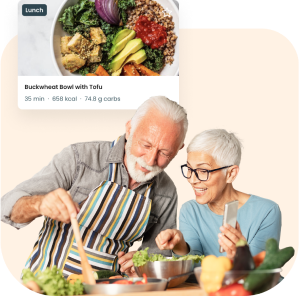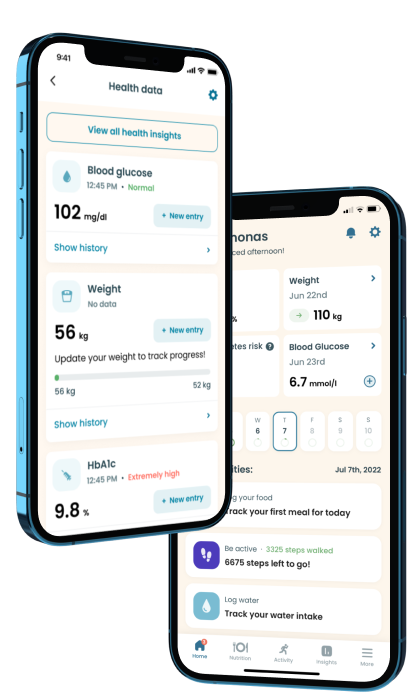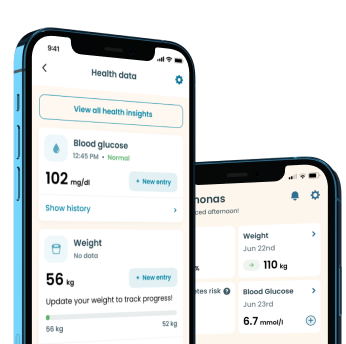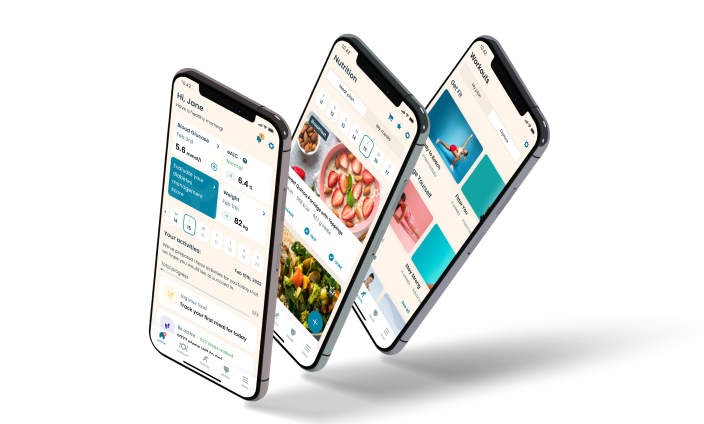Pumpkin and Diabetes

Good
75
31 kcal
Controlling blood sugar levels is critical for diabetic patients to avoid complications (e.g., heart disease, renal disease, skin blindness, etc.). In light of this, people with diabetes are advised to avoid specific food types capable of elevating blood sugar and insulin levels and only stick to a list of diabetes superfoods collated by the American Diabetes Association. Although pumpkin does not enlist among these superfoods, it includes several compounds that might help reduce blood sugar levels, making it beneficial for diabetes.
This article expounds on this and answers any questions you have about how the consumption of pumpkin and diabetes diabetes health are related.
Nutritional value
- Protein 1 g
- Carbohydrate 6.5 g
- Fat 0.1 g
- Fiber 0.5 g
- Sugar 1.36 g
- Cholesterol 0 g
Why the Pumpkin’s Source Matters
Pumpkins are incredibly high in nutrients, flavorful, and offer numerous health advantages whether eaten as a fruit, vegetable, pie, puree, or seeds.
The nutritional value of pumpkins varies depending on whether it is fresh or canned. Namely, the cooked and pureed variant offers fewer calories and carbs compared to canned pumpkins. Canned pumpkin products, such as canned pumpkin pie mix, often contain added sugar. For instance, a cup of mashed, cooked pumpkin provides 12 g of carbohydrates, alongside 2.7 g of fiber, while a cup of canned pumpkin puree offers 20 g of carbs and 6 g of dietary fiber, which can cause a spike in your blood sugar level.
Hence, instead of eating pumpkins in candies, juices, pastry fillings, cupcakes, and other baked goods that may have additional sugar, consider adding it to soups, salads, and nutritious meals. In addition, when buying a canned pumpkin product, it is advised to look for the term "100% pumpkin" on the label.
Take a quiz
Discover what Klinio app can do for you
Healthy diabetes meal plan crafted just for YOU

Personalized workouts with no equipment needed

Track your progress with smart tracking tools

Is Pumpkin a High-Sugar Food?
Because pumpkin contains carbs, it sparks controversy as to whether it raises blood sugar. However, let’s look at it from a scientific point of view.
The glycemic index (GI) is a scale that measures how much a particular food can raise blood sugar levels and ranges from 0 to 100. The GI, however, has a flaw in that it ignores the carbs content of the food.
The glycemic load (GL), on the other hand, tells you how many carbs are in a plate of food and how much it can induce your blood sugar. Hence, it's a better measure of how much a food affects the blood sugar level. Pumpkin has a high GI of 75 and a low GL of only 3 grams per serving.
This means that if you limit yourself to one serving of pumpkins, it shouldn't have a substantial impact on your blood sugar levels.
How Pumpkin Benefits Diabetics
Pumpkin has multiple components that help lower blood sugar levels, including protein from germinated seeds, oil from ungerminated seeds, carbohydrates from the fruit pulp, and a compound known as puerarin. These nutrients can help you manage your blood sugar levels. Also, its low-calorie content makes it a great way to help you lose weight (a predisposing factor for diabetes).
Research Supporting Pumpkin Benefits for Diabetic Patients
Much research on pumpkin and diabetes has been conducted to prove this vegetable’s impact on blood glucose level. Namely, the inclusion of pumpkin in a 12-year-old type 1 diabetes patient’s daily diet for two months was shown to induce noticeable improvement in his blood sugar levels in a case study from the European Journal of Pharmaceutical and Medical Research.
Similarly, Chinese researchers discovered that drug-induced diabetes rats given pumpkin extract had lower blood glucose levels, more insulin secretion, and more insulin-producing beta cells than diabetic rats that weren't given the extract.
Conclusion
Despite its benefits, eating a large amount of pumpkin at once can cause a significant spike in the body’s blood sugar levels. Diabetic patients must understand portion sizes and how to regulate the amount of carbohydrates in their diet. Since diabetics shouldn’t consume beyond 15 g of carbs per serving, consuming a one-cup serving of cooked mashed pumpkin seems optimal.

Download Klinio app!
Get more by downloading our free Klinio App. Analyze your health, form new habits and manage your diabetes anytime, anywhere.
OR
SCAN QR CODE



GET THE APP










